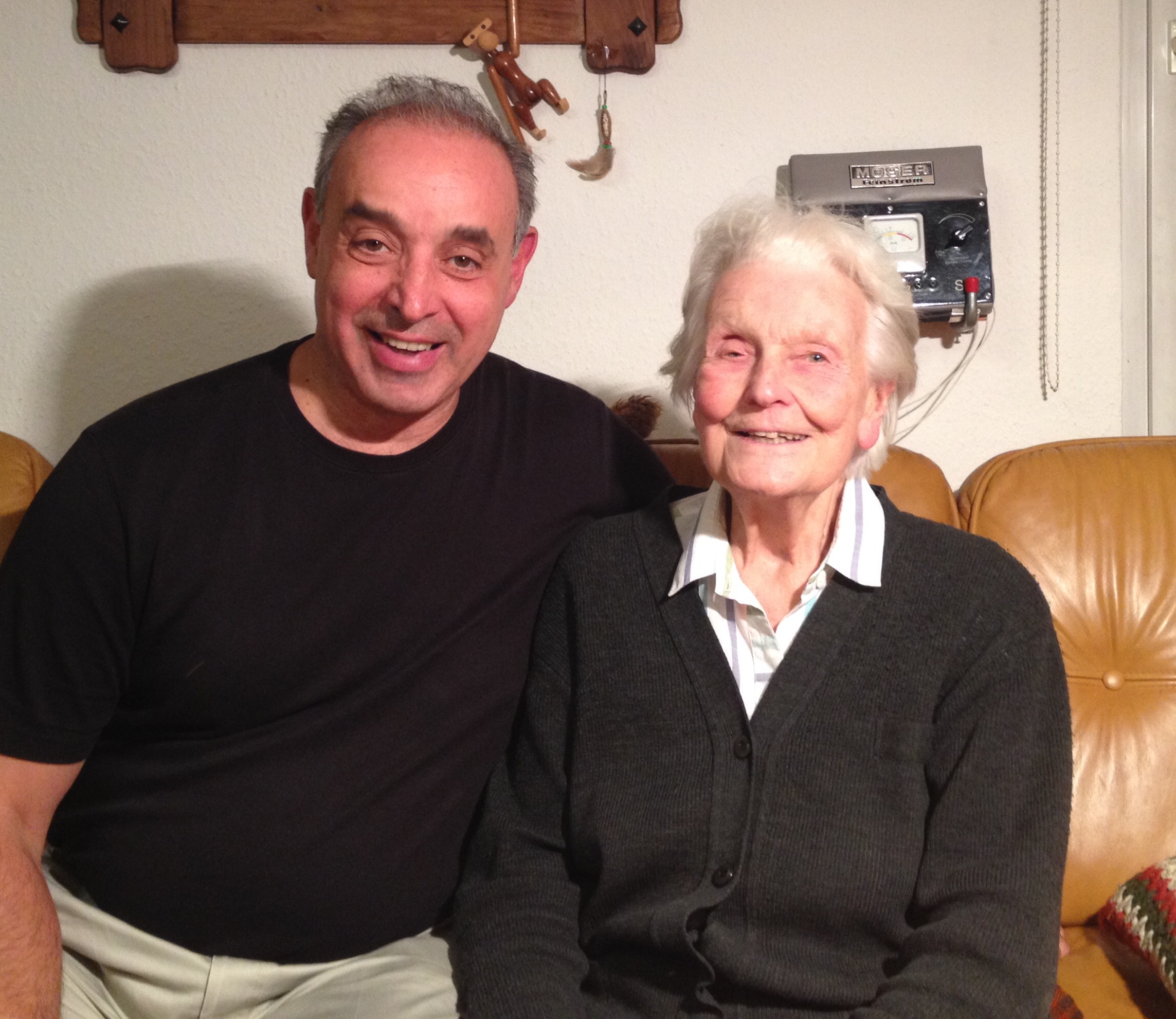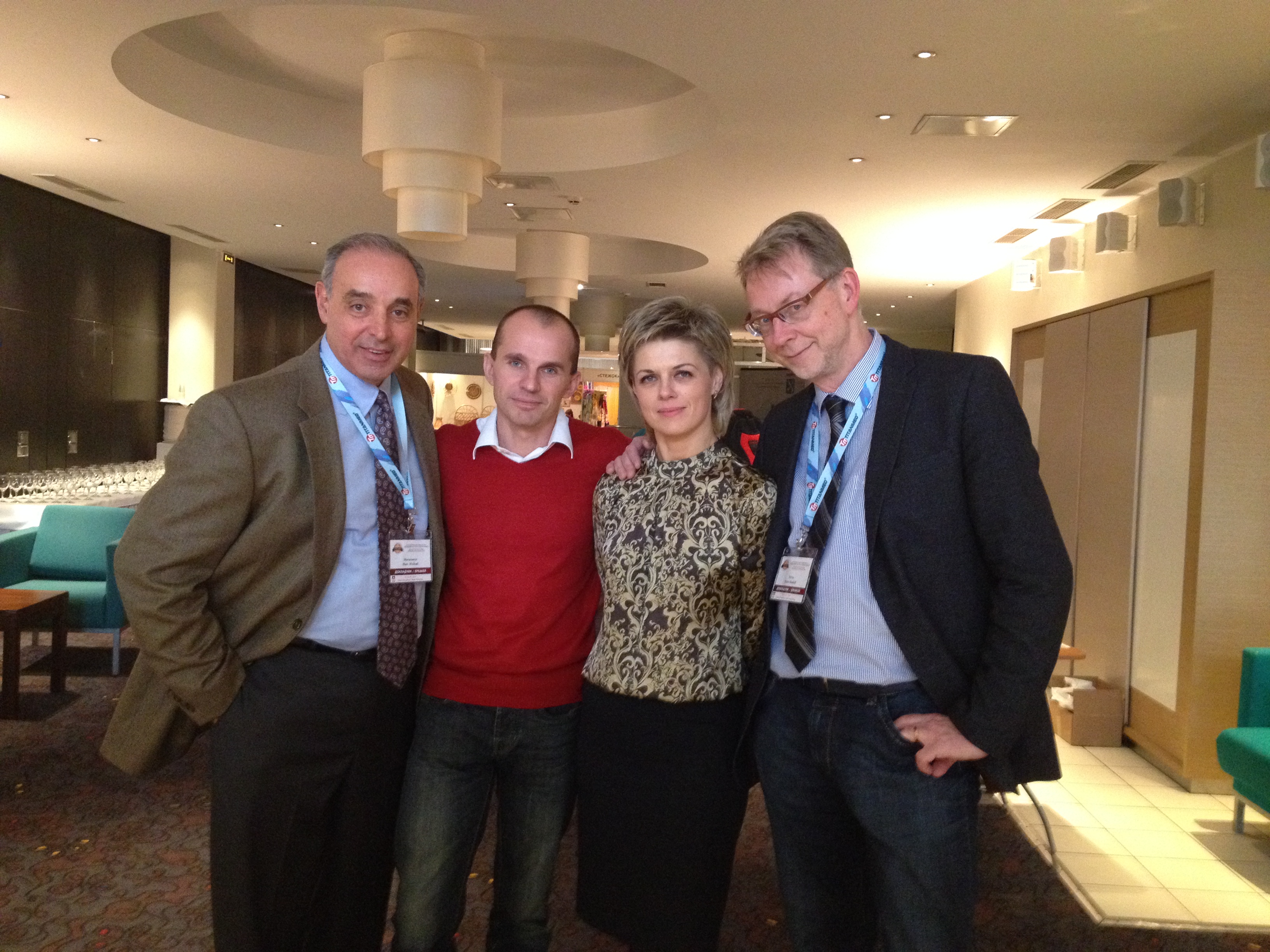Dr. Marc’s recent German and Russia adventure began in Germany with Dr. Weiss. The two spent two days assessing and fitting patients for the Chêneau – Gensingen brace. Conversations included recent developments to the Chêneau bracing system – Gensingen library, Schroth Best Practice® and testing and planning for for the launch of 3-D scanning for easy and accurate trunk measurements to ensure the best possible fit for the Chêneau-Gensingen.

Dr. Marc also spent time with the new orthotists fitting the brace in Germany and is always glad to learn additional brace fitting tips. As always, he visited Christa Lehnert-Schroth PT with Dr. Weiss. The three conversed on topics related to the conservative treatment of scoliosis and all are excited to be wrapping up their collaboration of an updated and expanded version of Dr. Weiss’s German book, to be entitled Schroth Therapy: Advancements in Conservative Scoliosis Treatment. This new English edition outlines the most up-to-date Schroth method developments and will be used as a guide for a Schroth Best Practice® course for qualified professionals to be conducted here in the U.S. next spring.
Mid-week Dr. Marc and Dr. Weiss boarded a plane for St. Petersburg, Russia where both were keynote speakers at the Russian National Congress of “People and Health,” on orthopedics, rehabilitation and prosthetics. The Russian National Congress is a professional organization which coordinates and administrates numerous medical congresses annually including medical forums, conferences, and seminars for physicians.
It was a chilly 17º and snowing when they arrived in St. Petersburg. Their Russian hosts were incredibly accommodating and gracious. Dr. Marc spoke on current evidence and treatments related to the conservative care of scoliosis and Dr. Weiss on CAD / CAM as the key to standardization in brace treatment. Their talks were followed by Q & As. One observant conference participant questioned Dr. Marc about why most of his slides were of patients with moderate and severe curves. Dr. Marc explained that the prevalence of ‘watch and wait’ in the U.S. is the reason he mostly sees patients with large curves and that most parents in the U.S. do not seek out conservative treatment until the threat of surgery is looming.
The trip offered the opportunity for a meeting with other Schroth Best Practice® colleagues, specifically Maksym Borysov from the Ukraine and Natalia Pugacheva from Russia, both who have documented their patient experiences with Best Practice® and referenced below.

Another highlight was a visit to the governmental institution “Research Institute of Pediatric Orthopedic G.I.Turnera,” the largest public pediatric orthopedic clinic in Russia. The Institute is a major research, diagnostic and surgery center. The surgeons he met with were very interested in hearing about curve-pattern specific exercise techniques for scoliosis.
When not occupied with the business side of the trip, highlights were attending the George Balanchine ballet, Jewels, at the Mariinsky Theater — “a tremendous experience, ” visiting the Hermitage, and a visit to a spectacular Russian Orthodox Cathedral and Catherine Palace – a former summer residence of the Russian tzars. He is extremely grateful for the experience.
1 Borysov M, Borysov A. Scoliosis short-term rehabilitation (SSTR) according to ‘Best Practice’ standards – are the results repeatable? Scoliosis. 2012 Jan 17;7(1):1.
2 Pugacheva N. Corrective exercises in multimodality therapy of idiopathic scoliosis in children – analysis of six weeks efficiency – pilot study. Stud Health Technol Inform. 2012; 176:365-371.




